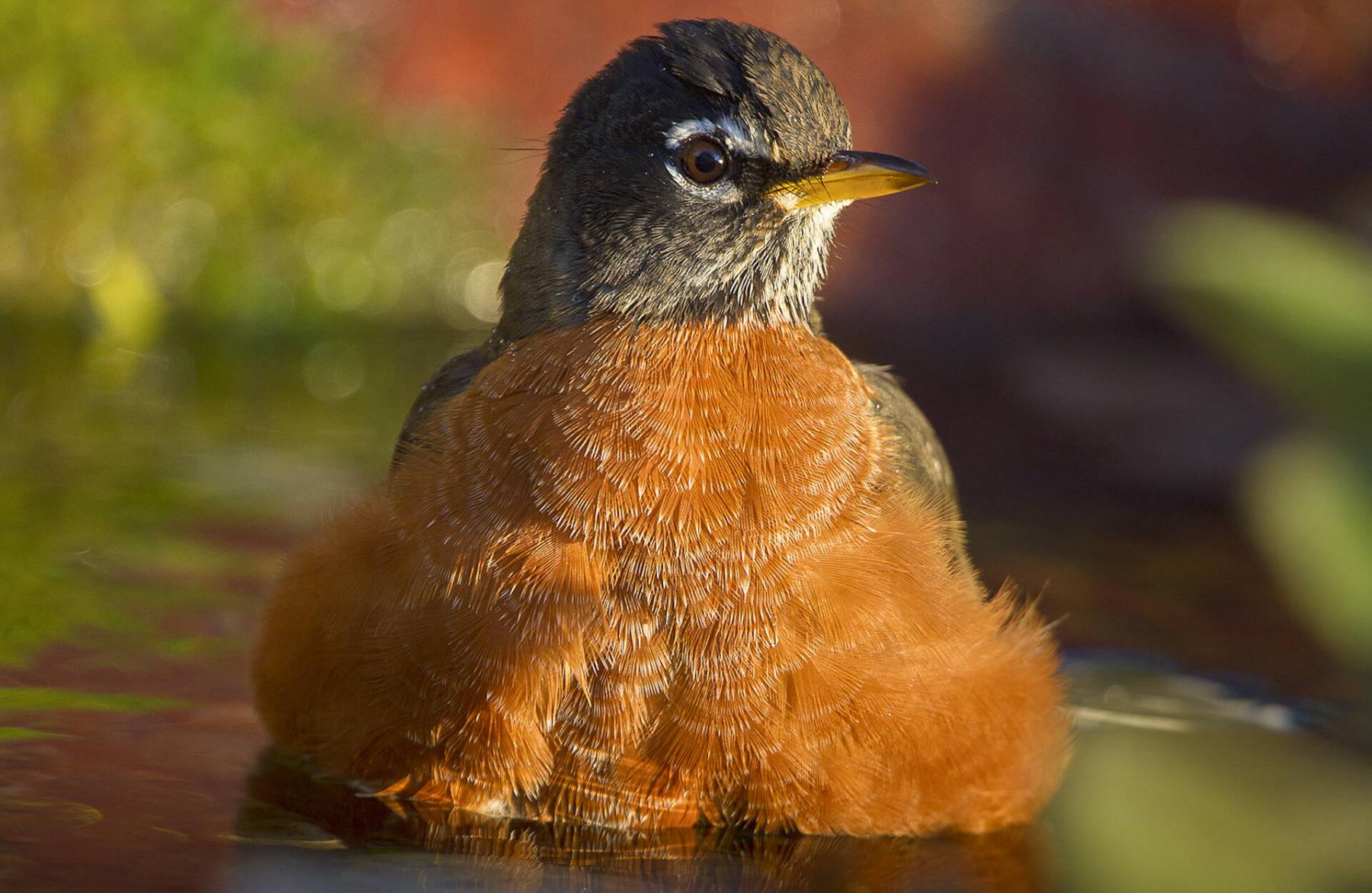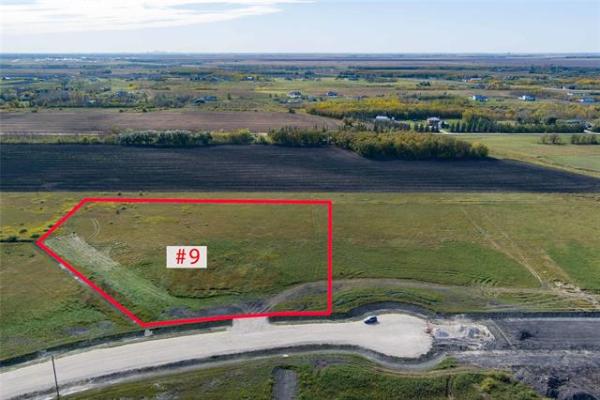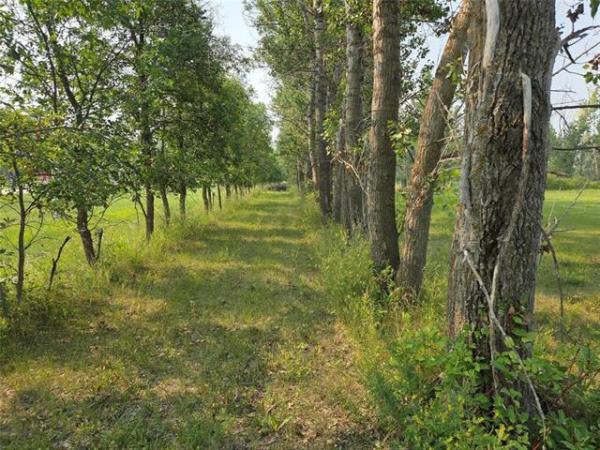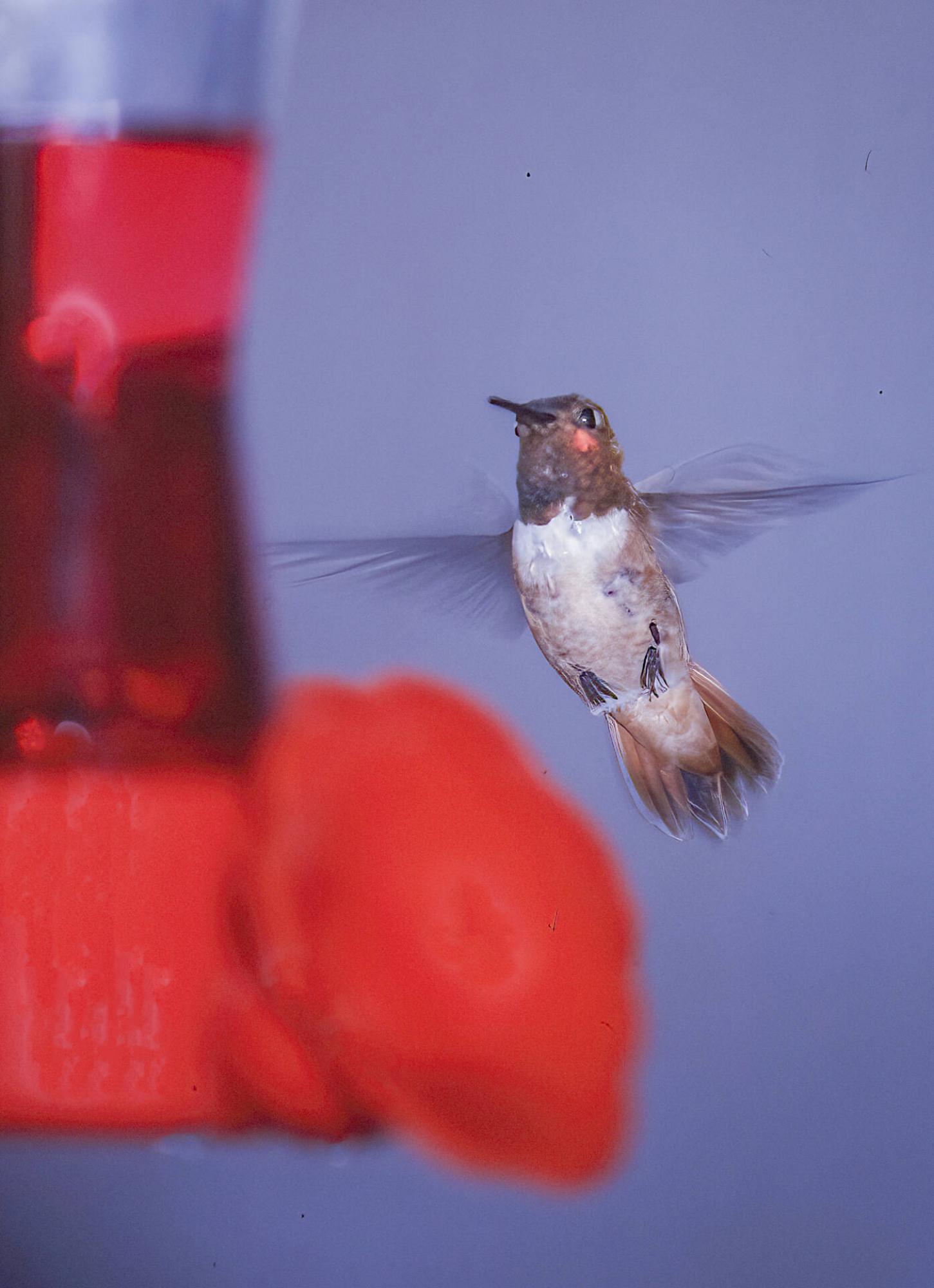
Is it a Ruby-throated hummingbird? No, it’s a rare sighting of a Rufous hummingbird in a Manitoba garden.
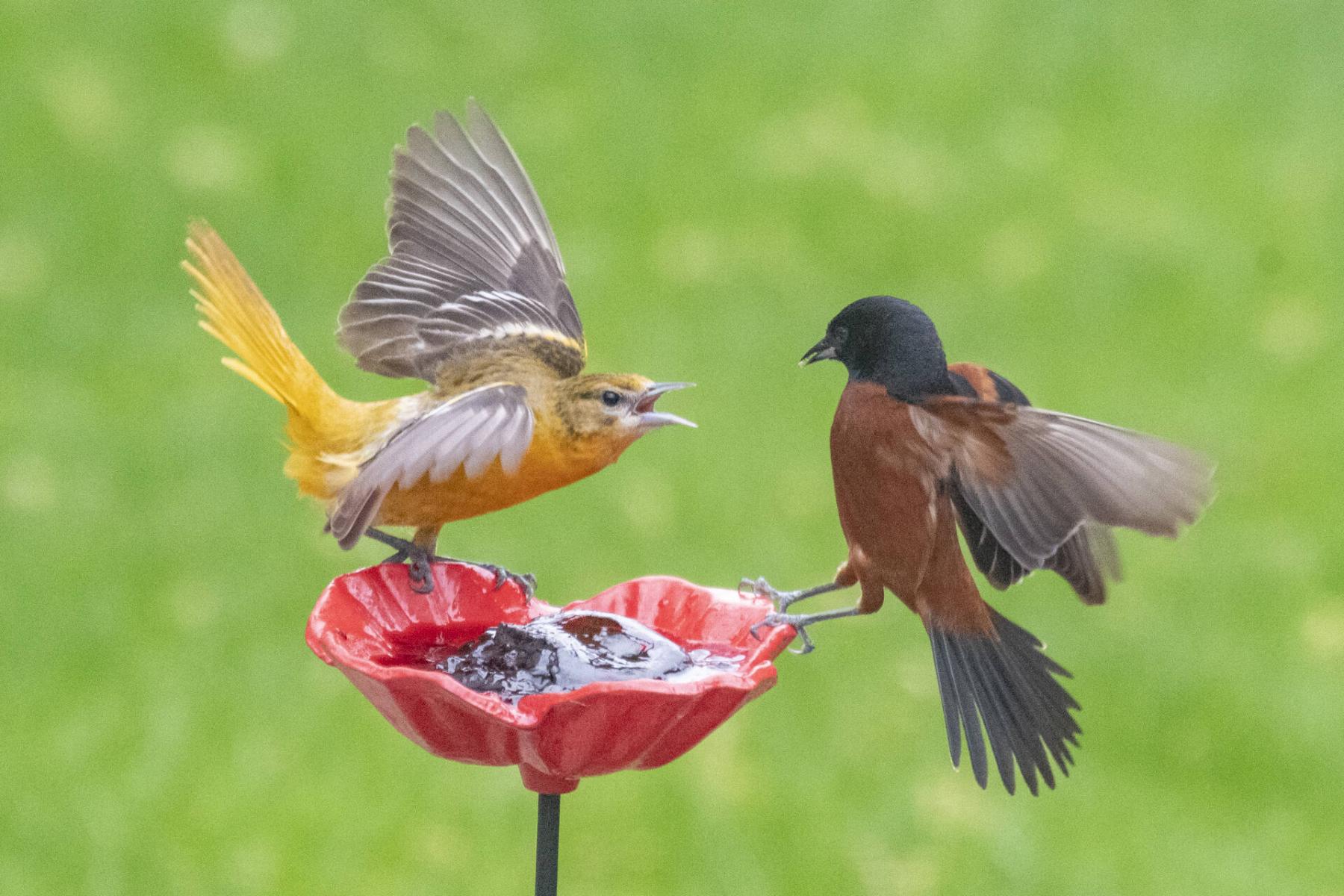
Dennis Fast’s photography captures a spirited discussion over raspberry jam between a Baltimore Oriole and an Orchard Oriole.

Dead wood supports a diversity of insect life such as this Ichneumon wasp.
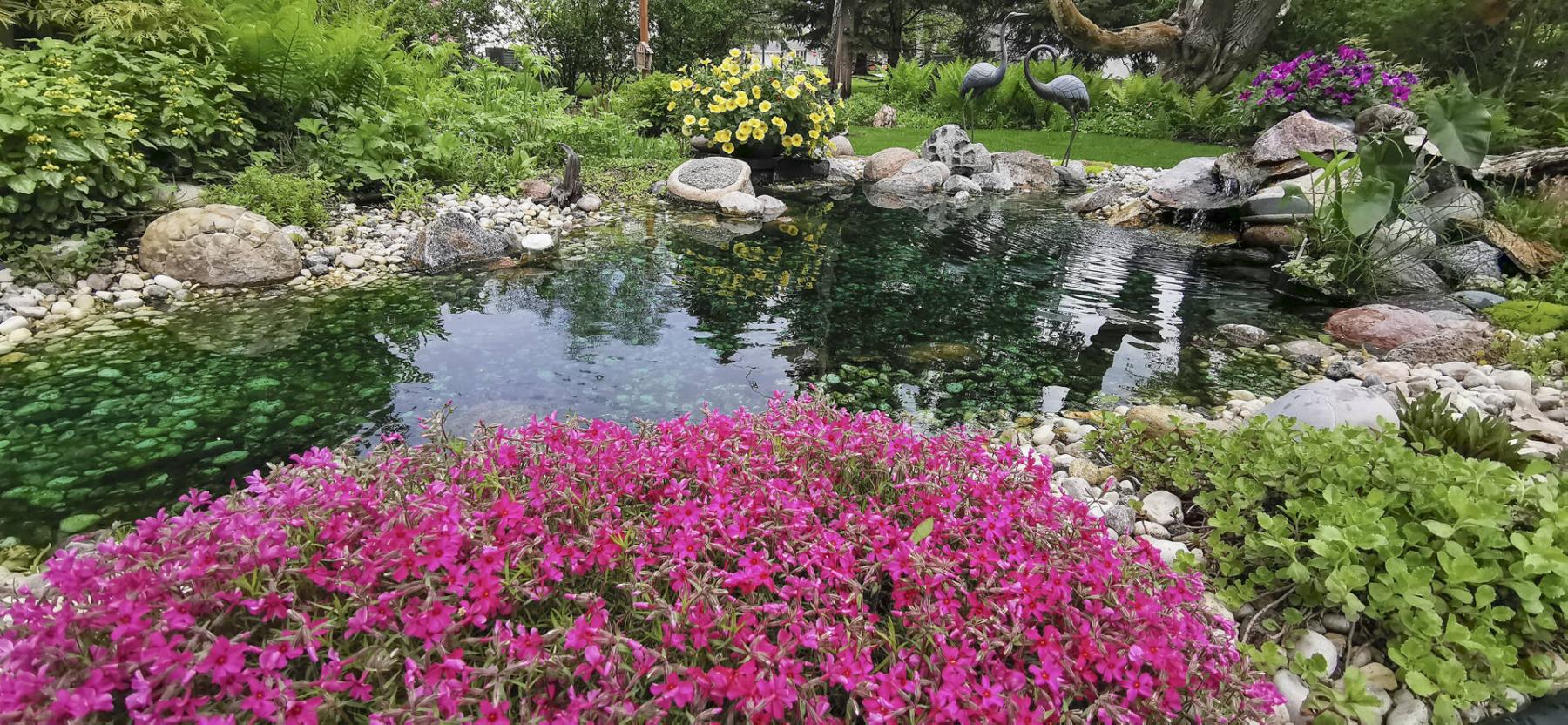
Dennis Fast, wildlife and nature photographer, has created a wildlife habitat in his Steinbach garden which attracts numerous species.
Dennis Fast is an internationally recognized wildlife and nature photographer. His compelling photographs of landscapes and wildlife species from many different places around the world show a unique recognition of and appreciation for all of nature.
Fast’s work has been widely featured in newspapers, books and magazines and appeared in numerous calendars including those published by National Geographic, the Nature Conservancy of Canada, and recently the 2022-2023 National Wildlife Federation calendar which features on its cover his photo of polar bears frolicking in the snow. Fast’s photographs of polar bears are among his most sought-after.
In 2021, Canada Post issued a stamp featuring Fast’s image of an Arctic fox, one of only 19 species of mammals worldwide that undergo a change in coat colour as the season changes to winter. Fast, who lives in Steinbach with his wife, Frieda, has had many close encounters with wildlife species of all types, often in his own home garden. His patient observation and insightful photography of the diverse range of wild species that visit his garden and those of his neighbours in surrounding communities opens a fascinating window on our changing world.
Fast is an avid bird watcher. For many years he and a group of friends participated in Big Days, a 24-hour opportunity sponsored by the American Birding Association to collectively capture photos of as many bird species as possible in one day. Often Fast and his birding friends would start out near Hadashville, then onto Pinawa which is surrounded by a nearby boreal forest and end up at Oak Hammock Marsh. “We would get close to 200 species in 24 hours,” says Fast.
Fast, 78, has also participated for fifty years in the North American Breeding Bird Survey, coordinated in Canada by Environment and Climate Change Canada’s Canadian Wildlife Service. The survey takes place in spring when birds are nesting, and participants follow the same assigned route in their region every year. “You start exactly half an hour after sunrise and make 50 stops spaced 0.8 km apart along a 39.4-km route,” says Fast. “In the last 10 years alone, I have seen many changes. I used to spot almost a hundred meadowlarks along that route. One year there was a damaging blizzard and I never again got anywhere near 100 – maybe 20 or 25. The countryside was also changing with more and more agriculture and more houses.”
Today, Fast says that he and many other birders are seeing species of birds nesting in Manitoba that never used to exist here. “Bird species are moving farther north – it is a reflection of a changing climate. Northern Cardinals, for example, nest in Steinbach now regularly. They didn’t exist here 10 years ago.”
Fast has created a wildlife habitat in his backyard with trees, shrubs, perennials, and a large stream. He always has his camera ready. A large picture window in his family room provides an unobstructed view of visiting wildlife year-round. Equally important, though, says Fast, are the spectacular photo opportunities provided by trees in his neighbour’s yards, including large trees such as nearby birch trees that have dead branches at the very top. “The birds you see up there! An Olive-sided Flycatcher hunted from the highest dead branch for days and would come swooping down into our yard. It is the perch that gives him the perspective he needs. If he had to hunt from a 10-foot tree, it would limit the possibilities.”
Typically, the Olive-sided Flycatcher, whose song is a distinctive three-note whistle commonly translated as whip-three-beers, builds nests in trees where tall dead snags are present. When an old maple tree in the corner of Fast’s yard was damaged in a thunderstorm, he chose not to cut it down. Dead trees support countless bird as well as insect species. Numerous types of bird species perch on the dead branches and feed on the wood itself.
One day Fast discovered an Ichneumon wasp that he had never encountered before. A solitary wasp that lays its eggs inside the bodies of other insects, the Ichneumon wasp has a 10-cm ovipositor that is longer than its entire body and capable of drilling through wood. Fast uses a telephoto lens for his macro-style shooting and captured the amazing detail of this unique wasp. “The next thing you know,” says Fast, “a Pileated woodpecker with its flaming crest arrived. The woodpecker knew the wasp had drilled several centimetres through the wood and he began excitedly tearing off chunks of bark. I spent two hours filming.”
The Great Horned Owl and Cooper’s Hawk are two adaptable bird species that will nest in urban areas if there are tall, mature trees, says Fast. “That is one of the reasons that we need tall trees and by-laws that protect habitat. We need to do more to preserve our wildlife.”
A flower patch of Turtlehead (Chelone) that blooms mid- to late summer in Fast’s backyard is attractive to the Ruby-throated hummingbird but this year, says Fast, there were few hummingbird visits. One year he photographed an almost pure albino Ruby-throated hummingbird that showed up at his bird feeder. A pure albino bird is completely white with pink eyes. “This hummingbird had pink eyes and a slight sliver of orange on the side so had a partial loss of pigmentation which is known as leucism.” Fast has photographed eight or nine species of leucistic birds in Manitoba.
One year Fast heard of a hummingbird sighting in late October in a Blumenort-area garden. “That was the latest I had ever heard of a hummingbird sighting in Manitoba,” he says. He went to the homeowner’s property and waited and waited until he saw the hummingbird coming across the garden and realized it was not a Ruby-throated hummingbird. It was a Rufous hummingbird which is a slightly larger West Coast species that sometimes wanders across the Rocky Mountains and into Manitoba in October after the Ruby-throated hummingbird has set out on its migrating journey typically by the third week in September.
Fast has photographed numerous species such as robins, warblers, and hawks that enjoy bathing and playing in the water stream in his backyard. He has had many up close and personal encounters – like the time when a Blue Jay landed on his telephoto zoom lens. “We were there for several minutes just looking at each other.” Last spring, when Baltimore Orioles and Orchard Orioles arrived in droves just as the weather turned bitterly cold and there was nothing to eat, Fast put out raspberry jam in bowls and photographed spirited interactions.
A retired high school principal, Fast inspired many of his former students to pay attention to the way that nature speaks. He continues to inspire many others through gallery exhibitions and photography workshops. Fast has published a photographic tribute to Manitoba’s 150th anniversary in which he writes, “It’s when you slow down that you will begin to see the beauty in birds, wildlife, insects and flowers – all things that abound on the prairies and are part of its fascinating diversity.” To see more of Fast’s extraordinary photography, visit www.dennisfastphotography.com.
colleenizacharias@gmail.com

